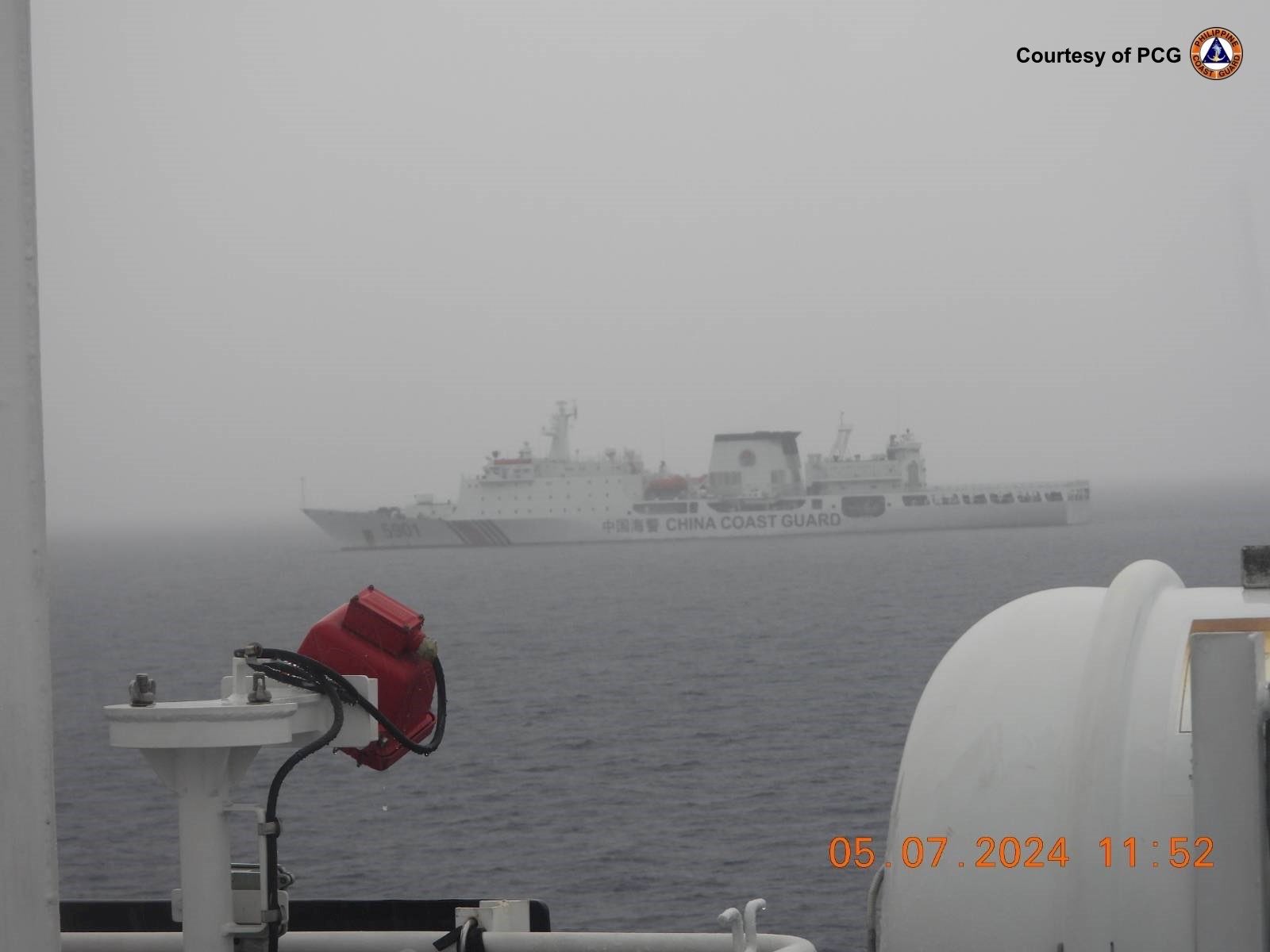Japan has taken a significant step in bolstering its defense capabilities by successfully testing the Hyper Velocity Gliding Projectile (HVGP). This hypersonic missile test was conducted by the Acquisition Technology and Logistics Agency (ATLA) of Japan's Ministry of Defense (MoD) on March 23, 2024, in the United States. The test, which was publicly announced last week, showcased the HVGP as a “High-Speed Gliding Missile for Island Defense,” categorizing it within the boost-glide vehicle class.
The HVGP is part of Japan’s strategic effort to counter the growing hypersonic threats from China, Russia, and North Korea. Hypersonic weapons, capable of traveling at speeds greater than five times the speed of sound and maneuvering during flight, pose a significant challenge to current missile defense systems. Japan’s HVGP is scheduled for deployment by the Japan Ground Self-Defense Force (JGSDF) in the fiscal year 2026.
Development of the HVGP began in 2018, aiming for completion by 2025. However, due to escalating regional threats, mass production started early in 2023. The missile will be developed in phases, with the initial “Early Deployment Version (Block 1)” tested recently. Future versions, “Enhanced Capability Version (Block 2A)” and “Enhanced Capability Version (Block 2B),” are planned to extend the missile’s range to 2,000 km and 3,000 km, respectively, by the fiscal years 2027 and 2030.
The HVGP’s design allows it to be launched from a truck-mounted booster, with the warhead separating mid-flight to glide towards its target. This design enhances its agility and makes it difficult to intercept. The primary guidance system is the Global Navigation Satellite System (GNSS), with an inertial navigation system as a backup. Future enhancements may include radio-frequency imaging and infrared homing for engaging moving targets.
Japan has been proactively working on hypersonic standoff systems, including the Hypersonic Cruise Missile (HCM) and the HVGP, to strengthen its defense posture. Japan's defense minister, Yasukazu Hamada, has emphasized the importance of these developments in response to increasing military threats from neighboring countries. The HVGP is expected to serve as a crucial component in defending Japan’s isolated islands and maintaining regional stability.
The recent test aimed to evaluate the HVGP’s fundamental propulsion, materials, and electronic systems. Further tests are necessary to confirm the system’s full operational capabilities. The HVGP could potentially be adapted for anti-ship roles, providing a versatile defense tool against various threats. Japan's proactive steps in hypersonic missile development reflect its commitment to enhancing national security and maintaining a technological edge in the region.


:quality(70)/cloudfront-us-east-1.images.arcpublishing.com/archetype/DKSZCZXKTNCWXIBGSAX5O5W2EE.jpg)

